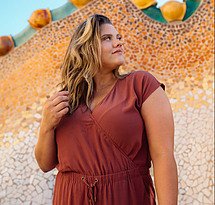As an Amazon affiliate I earn from qualifying purchase at NO extra cost to you
What are other ways to assess excess body fat? For starters, let’s name a few. Hydrostatic Weighing, Bioelectrical Weighing, Dual-Energy Ex-Ray Absorptiometry, Waist-to-Hip Measurement, and Skinfold Thickness Measurements. These are all effective ways to assess body fat. Let’s examine the “pinch test.” 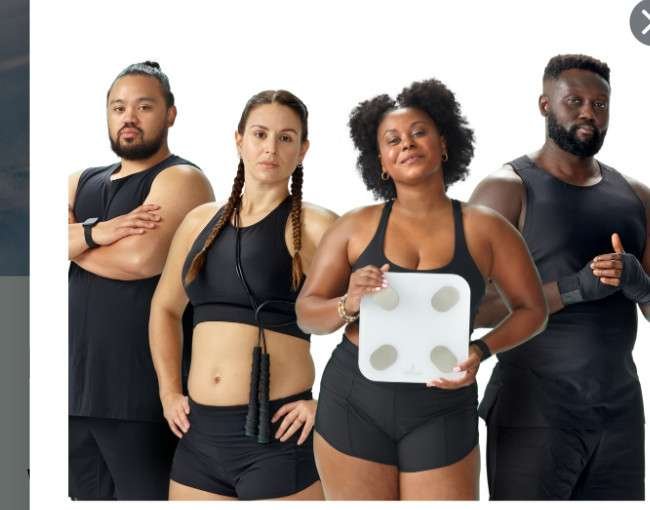
Skinfold Thickness Measurements “Pinch Test”
In this method, researchers use a special caliper to measure the thickness of a “pinch” of skin and the fat beneath it in specific areas of the body (the trunk, the thighs, front and back of the upper arm, and under the shoulder blade). So, what are other ways to assess excess body fat? There are more ways than you can imagine. In addition, the following equations are all used to predict body fat percentage based on their strengths and limitations.
Strengths
- Convenient
- Safe
- Inexpensive
- Portable
- Fast and Easy (except in individuals with a BMI of 35 or higher)
Limitations
- Not as accurate or reproducible as other methods
- Very hard to measure in individuals with a BMI of 35 or higher
Bioelectric Impedance (BIA) “Smart Scales”
BOIA equipment sends a small, imperceptible, safe electric current through your body, measuring the resistance passing through fat than it does passing through lean body mass and water. Equations are used to estimate body fat percentage and fat-free mass. 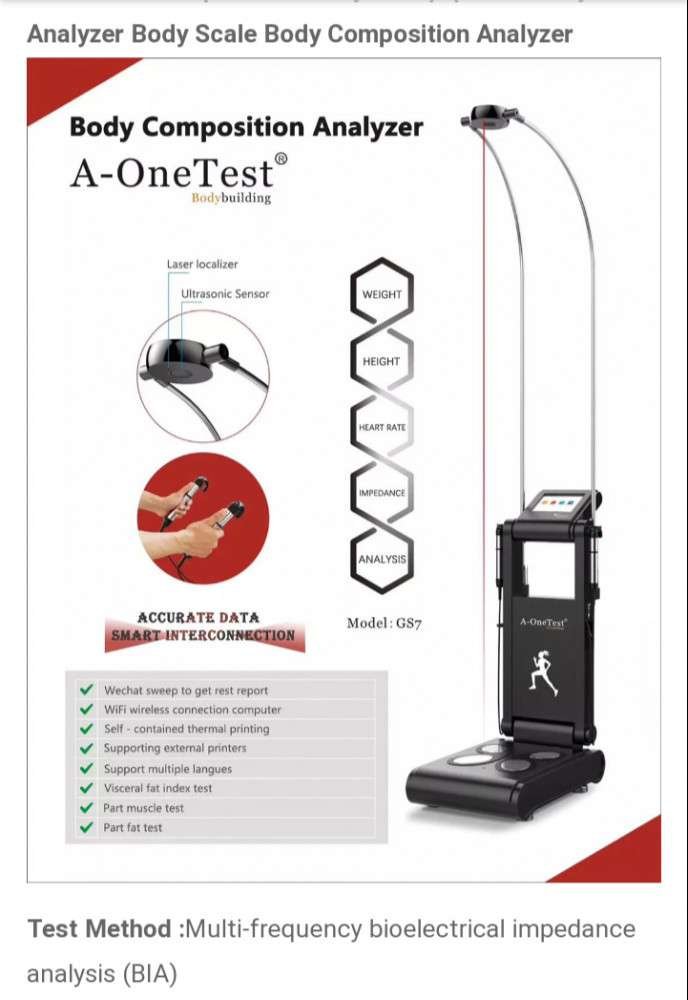
Strengths
- Convenient
- Safe
- Relatively inexpensive
- Portable
- Fast and easy
Limitations
- Hard to calibrate
- The ratio of body water to fat may change during illness, dehydration, or weight loss, decreasing accuracy
- Not as accurate as other methods, especially in individuals with a BMI of 35 or higher
Waist Circumference
Waist circumference is the simplest and most common way to measure abdominal fat. It’s the circumference of the abdomen, measured at the natural waist (in between the lowest rib and the top of the hip bone, the umbilicus (belly button), or at the narrowest point of the midsection.
Strengths
- Easy to measure
- Inexpensive
- Strongly correlated with body fat in adults as measured by the most accurate methods
- Studies show that waist circumference predicts development of disease and death in adults
Limitations
- More prone to measurement error because it requires two measurements
- More difficult to measure hip than it is to measure waist
- More complex to interpret than waist circumference, since increased waist-to-hip ratio can be caused by increased abdominal fat or decrease in lean muscle mass around the hips
- Turning the measurements into a ratio leads to a loss of information: Two people are with very different BMIs could have the same WHR
- May be difficult to measure and less accurate in individuals with a BMI of 35 higher
Hydrostatic Weighing (Densitometry)
Individuals are weighed in air and while submerged in a tank. Researchers use formulas to estimate body volume, body density, and body fat percentage. Fat is more buoyant (less dense) than water, so someone with low body density than someone with low body fat. This method is typically only used in a search setting. 
Strengths
- Accurate
Limitations
- Time consuming
- Requires individuals to be submerged in water
- Generally, not a good option for children, older adults. And individuals with a BMI of 40 or higher
Air-Displacement Plethysmography
This method uses a similar principle to underwater weighing but can be done in the air instead of in water. Individuals sit in a small chamber wearing a bathing suit; one commercial example is the “Bod Pod.” The machine estimates body volume based on air pressure differences between the empty chamber and the occupied chamber.
Strengths
- Relatively quick and comfortable
- Accurate
- Safe
- Good choice for children, individuals with a BMI of 40 or higher, and other patients who would not want to be submerged in water
Limitations
- Expensive
Dilution Method (Hydrometry)
Patients drink isotope-labeled water and give body fluid samples. Researchers analyze these samples for isotope levels, which are then used to calculate total body water, fat-free body mass, and in turn, body fat mass.
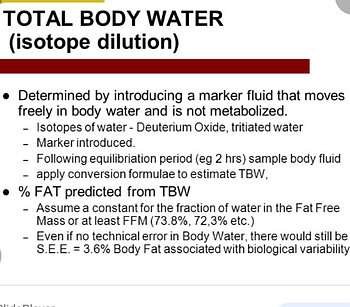
Strengths
- Relatively low cost
- Accurate
- Safe
- Can be used I people with a BMI of 40 or higher, as well as in children and pregnant women
Limitations
- The ratio of body water to fat-free mass may change during illness, dehydration, or weight loss, decreasing accuracy
Dual Energy X-Ray Absorptiometry (DEXA)
X-ray beams pass through different body tissues at different rates. So DEXA uses two low-level X-ray beams to develop estimates of fat-free mass, fat mass and bone material density. DEZA is typically only used for this purpose in research settings. 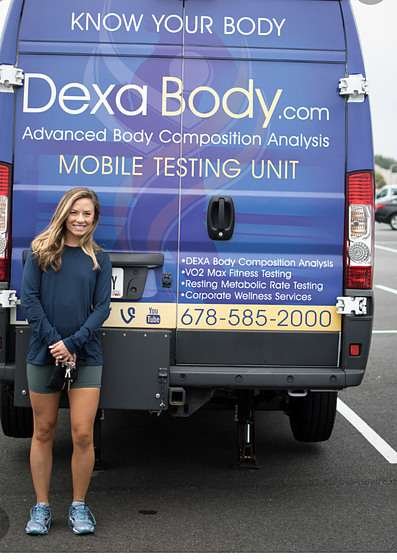
Strengths
- Accuracy
Limitations
- Equipment is expensive and cannot be moved
- Cannot accurately distinguish between different types of fat (fat under the skin, also known as “subcutaneous” fat vs fat around the organs, or “visceral” fat)
- Cannot be used with pregnant women, since it requires exposure to a small dose of radiation.
- Most current systems cannot accommodate individuals with a BMI of 35 or higher
Computerized Tomography (CT) and Magnetic Resonance Imaging (MRI)
These two imaging techniques are now considered to be the most accurate methods for measuring tissue, organ, and whole-body fat mass as well as lean muscle mass and bone mass. CT and MRI scans are typically only used fore this purpose in research settings. 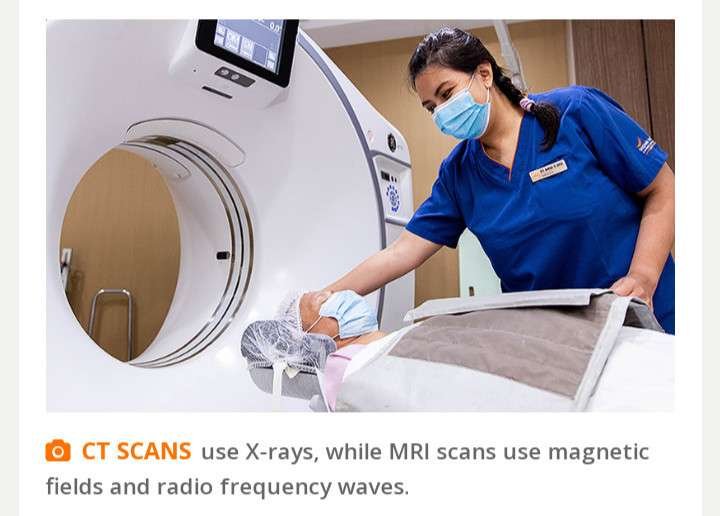
Strengths
- Accurate
- Allows for measurement of specific body fat compartments, such as abdominal fat and subcutaneous fat
Limitations
- Equipment is extremely expensive and cannot be moved
- CT scans cannot be used with pregnant women or children, due to high amounts of ionizing radiation used
- Some MRI and CT scanners may not be able to accommodate individuals with a BMI of 35 or higher
BMI Shouldn’t be a Stand-Alone Assessment Tool
A single BMI-for-age calculation is not enough to evaluate long-term weight control because your child’s height and weight changes as they grow. Therefore, “healthcare providers should consider BMI along with family history, blood pressure, blood sugar levels, eating patterns and physical activity.”
BMI is relatively easy to do because it can be done with two variables; height and weight and it is inexpensive. To begin the process of measurement, we first need to have a BMI calculator in place.
Child & Teen BMI Calculator
This calculator provides the body mass index and the corresponding BMI-for-age percentile based on CDC growth charts for children and teens age 2-19 years. The results will vary from one child to the next. For individuals 20 years and older, use the adult version of the BMI calculator. The percentiles with also vary.
The BMI is an easy way to screen for weight components that lead to future health problems. For children and teens, BMI is age-sex-specific and is referred to as BMI-for-age. Tracking your child’s growth patterns overtime can ensure that your child is maintaining a healthy weight. It also helps them stay in a healthy percentile range. 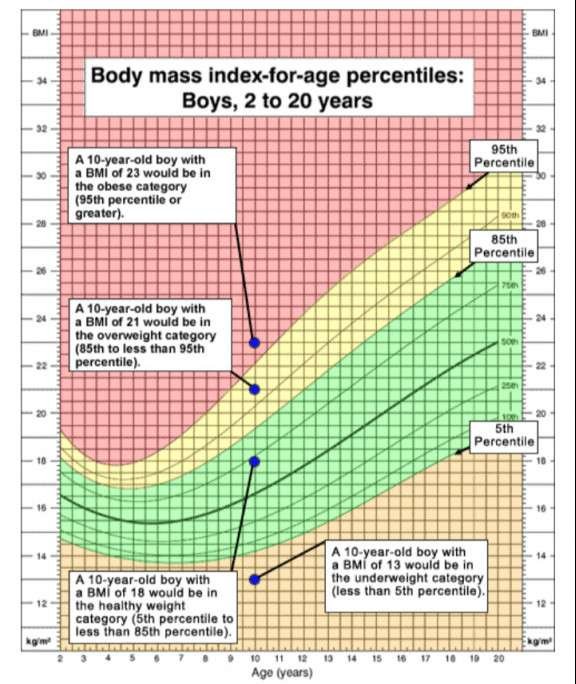
What Are Percentiles?
A percentile (or a centile) is a measure used in statistics indicating the value below which a given percentage of observations in a group of observations fall. For example, the 20th percentile is the value (or score) below which 20% of the observations are found.
The higher the percentile number, the bigger a child is compared with other children the same age and gender, whether it’s for height or weight. The lower the percentile number, the smaller the child. For example, the percentile shows you how your baby is growing compared to other babies the same age and gender.
As your child grows, your pediatrician will plot these measurements on the growth chart to indicate whether she is following a curve. This indicates a pattern of healthy growth. There are separate growth charts for weight, height, and head circumference. Charts have percentage lines from 5% to 95% increments.
Percentage Lines Show Growth Rates
The percentage lines on the chart run parallel to each other. The percentile lines include 5%, 10%, 25%, 50%, 75%, 90%, and 95% (for more information, see the CDC’s website: www.cdc.gov/growthcharts/).
- If a child’s weight is at the 50th
percentile line, that means that out of 100 normal children her age, 50 will be bigger than she is and 50 will be smaller. - Similarly, if she is in the 75th
percentile, she is bigger than 75 children and smaller than only 25, compared with 100 children her age (webmd.com). It is imperative for parents to learn about percentiles. They are the sole supporters of their child’s health and well-being. Parents want good percentiles for their little ones.
What is a Good Percentile for a Baby?
There is no one ideal number. Healthy children come in all shapes and sizes. However, a baby who ranks in the 5th percentile can be just as healthy as a baby in the 95th percentile. Moreover, if your baby falls into the 95th
percentile, it’s a good sign. https://youtu.be/N_dokwUfmVo
What Does the 95th Percentile Mean for Babies?
This means that your child is currently both taller and heavier than 95% of all other babies her age. (of the same sex). Even though this number sounds high, that doesn’t mean you baby is excessively hefty. Also, know that girls will not have the same BMI-for-age percentiles as boys.
Girls and Boys BMI-for-Age Percentile Chart
The BMI-for-age percentile chart shows age-related changes in growth and can be used up to age 20. With this chart weight, stature and age of a child are taken into consideration. Whereas, with the weight-for-stature chart, only weight and height are used.
If your child is short or tall for their age, BMI-for-age is the most appropriate measure of their weight status. Once you calculate his/her BMI: 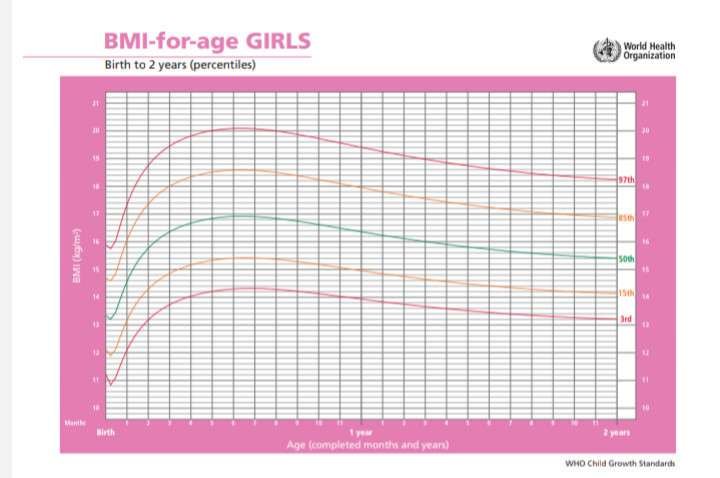
- Find the age of your child on the bottom of the chart
- Look to the left or right to locate their BMI.
- Plot the point on the graph using a pen or pencil
- Plot the measurement
- Locate the corresponding shaded color on the bottom of chart
- Determine your child’s BMI-for-age percentile
You are then able to find your child’s percentile range by viewing the Weight Status Category table to the right of the chart.
Final Thoughts
Whether we have children of our own or not, at some point, we must be able to do an assessment of their body mass index. Although it may not be the most perfect tool to measure fat, the body mass index calculator is still a quick, easy, safe way to determine is our weight is unhealthy. With no further ado, I’d like to thank you for hanging out with me. If you are still reading this post, that means a lot to me. I really appreciate all your questions and comments. That is why I am passionate about making every word count. Feel free to give feedback in the comment section below. Have a great day and as always, I look forward to hearing from you.
Rachele, Founder
mybluegenes.com (w)
References
Harvard University School of Public Health |Obesity Prevention Source | Measuring Obesity
https://www.hsph.harvard.edu/obesity-prevention-sourceCenters
Centers for Disease Control and Prevention (CDC)
World Health Organization (WHO)

